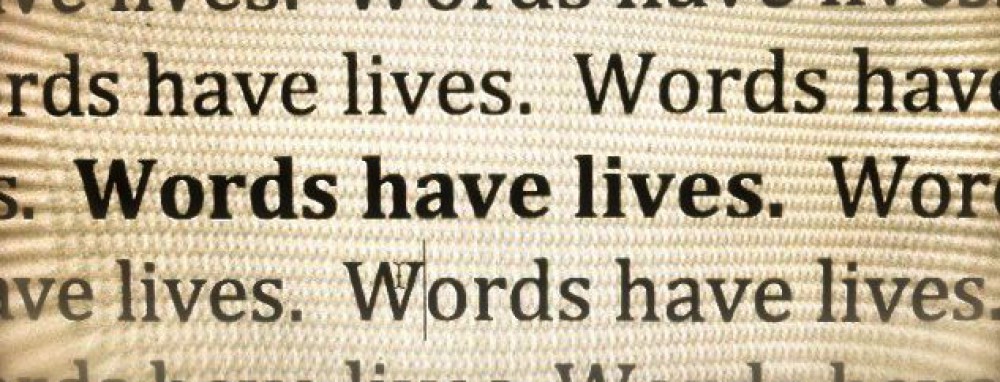The words a, an, and the are called articles. These simple words play an important role in the English language. The proper use of articles can seem particularly daunting to people for whom English is not their native language. Some languages don’t have articles at all. Other languages have articles, but they are used differently than they’re used in English.
In English the words a, an, and the are the articles used before nouns.
For example:
A chair
An umbrella
The girl
The tricky part is knowing when to use which article.
A is an Indefinite Article:
“A chair” is not definite. This means that we’re not referring to a specific chair, we’re referring to any chair.
Example 1: Put the bag on a chair in the front row.
An is an Indefinite Article:
An is similiar to a, but it’s used when the noun following it begins with a vowel. We say an umbrella rather than a umbrella, simply because it sounds better.
Example 2: I put an umbrella in my bag in case of rain.
The is a Definite Article:
“The girl” is definite. This means we are talking about a specific girl, not any girl.
Example 1: Put your bag on the chair in the front row. This implies that there is only one chair available in the front row.
Example 2: I put the umbrella in my bag in case of rain. This implies the speaker either has one umbrella to choose from or that the speaker is explaining why she put the umbrella in her bag.
The following you tube video contains a lesson on the proper use of articles in English. It even has a quiz that you can take at the end to see if you’ve understood the lesson. After you’ve watched the video click the following link for some exercises in the proper use of articles.
https://owl.english.purdue.edu/exercises/2/1





